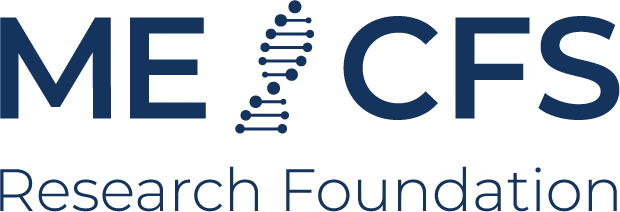MeCfs Lines – A multidisciplinary consortium and biobank for unravelling ME/CFS aetiology in Lifelines
About
Country:
Netherlands
Sponsors:
Research types:
Basic research, Clinical research, Epidemiological research
Link
Website
Description
In the ME/CFS Lines consortium, UMC Groningen is working with several research partners to build an ME/CFS cohort (patient group) and biobank based on the existing Lifelines population cohort. This cohort included data and biomaterials from 2,500 participants with ME/CFS in 2018. Since then, about 400 participants have developed ME/CFS. Using the biomaterials, genetics, microbiome, antibody repertoire, proteome and metabolome are mapped in ME/CFS patients. This data allows researchers to figure out how changes in these domains contribute to the emergence of ME/CFS. Purpose The purpose of ME/CFS Lines is to set up a multidisciplinary research infrastructure and build a longitudinal ME/CFS patient cohort and biobank, based on the existing population cohort Lifelines. Diagnostic criteria for ME/CFS have been included in this cohort since 2014. Approach/method of working Lifelines is the only population cohort and biobank worldwide that maps diagnostic criteria for ME/CFS. In 2018, 2,500 Lifelines participants met the CDC criteria for ME/CFS. Since then, there have been at least 400 people who have developed ME/CFS within the Lifelines cohort. In addition to the CDC, the IOM, ICC and CCC criteria sets will also be mapped for these participants, after which they will be related to various biomedical mechanisms in sub-projects. Because biomaterial is available from some of the participants from both before and after the development of ME/CFS, there is a unique opportunity to study the development of the disease. The consortium focuses in particular on setting up a sustainable knowledge infrastructure for ME/CFS, harmonizing data and working methods, working in (inter)national collaborations and disseminating knowledge and research results. Within the consortium, new and experienced researchers with different backgrounds are introduced to the ME/CFS- research. The consortium will train a generation of young researchers with the aim of improving the long-term perspective for ME/CFS research. Description adapted from research network website: see link above.Research projects
6
Research areas
25
Research types
5
Working groups
3
People
6
Publications
1
Research projects
A role of microbiome in the pathogenesis of ME/CFS: A population-based study
Project status:
Ongoing
Country:
Netherlands
Principal investigator:
Aleksandr Kurilshchikov
Organisations:
University of Groningen
Research period:
2023-01
to 2027-12
to 2027-12
Research types:
Epidemiological research
Research areas:
Digestive system dysfunction
Antibody repertoires against microbiota as biomarkers for ME/CFS (CFSmicroAbs)
Project status:
Ongoing
Country:
Netherlands
Principal investigator:
A.P. (Alexandra) Zhernakova
Organisations:
University of Groningen
Research period:
2023-09
to 2027-09
to 2027-09
Research types:
Epidemiological research
Research areas:
Infections, Immune system dysfunction, Digestive system dysfunction, General
Identifying causal biological mechanisms in ME/CFS by a functional genetic approach
Project status:
Ongoing
Country:
Netherlands
Principal investigator:
C. (Cindy) Boer
Organisations:
Erasmus Medical Center (Erasmus MC)
Research period:
2023-01
to 2027-12
to 2027-12
Research types:
Epidemiological research
Research areas:
Genetic risk factors
Post-exertional malaise: A starting point to study and understand ME/CFS
Project status:
Ongoing
Country:
Netherlands
Principal investigator:
C.A.T. (Inge) Zijdewind
Organisations:
University of Groningen
Research period:
2023-01
to 2027-12
to 2027-12
Research types:
Clinical research
Research areas:
Musculoskeletal system dysfunction, Nervous system dysfunction, Nutritional and metabolic system dysfunction, Cardiovascular system dysfunction
Testing of personalised interventions aimed at restoring the intestinal flora in ME/CFS
Project status:
Ongoing
Country:
Netherlands
Principal investigator:
Torsten Scheithauer
Organisations:
TNO innovation for life
Research period:
2025-08
to 2029-12
to 2029-12
Research types:
Basic research
Research areas:
Digestive system dysfunction
Virus infection and reactivation and gastrointestinal microbiome in ME/CFS
Project status:
Ongoing
Country:
Netherlands
Principal investigator:
Rig Haagmans
Organisations:
Amsterdam University Medical Center (Amsterdam UMC), Quadram Institute
Research period:
2025-08
to 2028-12
to 2028-12
Research types:
Basic research
Research areas:
Infections, Digestive system dysfunction
